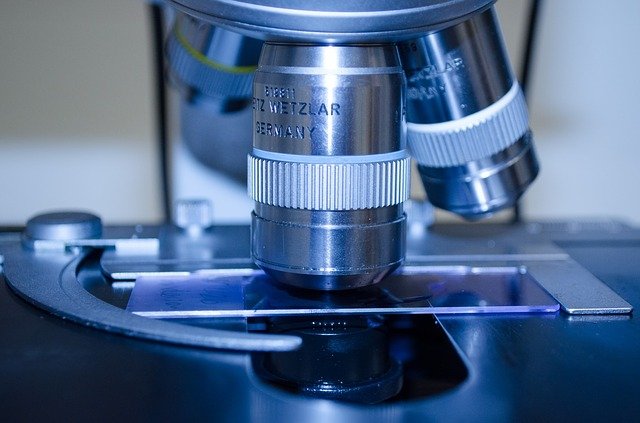An inside look at transformational change

Examples of changes we can’t see abound: plants sprouting or cells dividing, for example. We know it’s happening, but it’s not until the change has multiplied many times over that it becomes obvious that something has been underway for quite some time. It’s why time-lapse videos (like those linked above) are so popular – it gives us an inside look at transformational change.
It’s the same with changes in companies, institutions or regions. We may be able to point to isolated events, usually after the fact, when a company bursts onto the scene, a university climbs the rankings, a city empties out. We might identify things like a new CEO at a company or an R&D facility, a decision to change admission criteria, the closing of a major employer. But these events themselves are not the transformation, although they may contribute to it – and merely copying these individual actions at a different organization or region wouldn’t ensure the same outcome.
So what is happening – usually out of sight – when transformational change happens, when individual events appear to become a “phenomenon” out of nowhere? Author Greg Satell has dubbed these kinds of changes cascades, and has written a book that digs into what is happening on the inside (Cascades: How to Create a Movement That Drives Transformational Change), and how we can harness those dynamics when we want to help change happen. Spoiler alert that will surprise no one who knows our work: it’s about networks, and how to guide them.
In the new episode of our podcast, we talk with Greg about how change happens, and some of the ways in which agile leaders can create conditions for transformational change. Give it a listen, subscribe, and leave a review – we’re on all the usual podcast sites or find the links on the podcast page.

Liz shepherds the expansion of the Lab’s programming and partnerships with other universities interested in deploying agile strategy tools. A co-author of Strategic Doing: 10 Skills for Agile Leadership, she also focuses on the development and growth of innovation and STEM education ecosystems, new tool development, and teaching Strategic Doing.
